Practice courage and parachute skills
The topic was researched by a group of authors from the Military Technical Academy: Major Le Anh (project manager), Captain Pham Minh Kha, Major Phan Hoang Cuong. The training and testing system for operations: Leaving the aircraft door, opening the parachute and piloting the D6 parachute for new parachuting students, pilot students, and forces on regular combat missions, with 2 training lessons: Stable parachute jump for 3 seconds and stable parachute jump with combat weapons and equipment under 30kg.
One of the advantages of the system that is highly appreciated by many students is that it trains students to have psychological fortitude before actual skydiving, practices parachute piloting skills and limits risks and uncertainties during the training process.
Major Le Anh shared: “The system applies 3D virtual reality technology to provide viewers with vivid visual images similar to reality. Trainees trained on this system will have the feeling of skydiving in reality. Through the training environment simulated at airports in Vietnam, when training for real jumps, students will not be surprised and will be able to handle well if there are any unexpected events during the skydiving process and jump to the correct position required by the commander.”
When wearing the glasses in the simulation system, you can see the surrounding space as if you were standing in front of the plane. To create a 3D space line to help the trainee feel like in reality, the group of authors applied 3D virtual reality technology, building a 3D terrain model similar to reality. Specifically in the topic, the group of authors applied the model of Hoa Lac airport. Through surveys, the group of authors built the correct terrain of Hoa Lac airport, vehicles such as MI-17 helicopters and parachute models, as well as the D6 parachute model similar to reality. Through those survey images, the model was reconstructed through simulation software such as 3DS Max or Planner and used 3D graphics engines. Specifically, with Andril Engine, through mastering the technology of design as well as manufacturing, the group of authors has created a system that is an integration of both the mechanical control part as well as simulation software to create this system.
Mastering technology, reducing risks in training
During the survey at the Air Defense - Air Force, it was found that the current parachute training content of the Army is still relatively rudimentary. Based on the knowledge learned, researched, and integrated with specialized knowledge, the group of authors found that it is possible to design and manufacture a parachute training system similar to foreign parachute training systems. When our system develops, it will be able to design and build training courses suitable to Vietnam's conditions, ensuring military secrecy and cost savings. At the same time, students will be familiarized and reduce uncertainties during the training process.
“You mentioned that there are also parachute simulation systems abroad. So what is superior about your topic?”. In response to our question, Major Le Anh confided: “First, our topic closely follows the reality of parachute training in the Vietnam People’s Army, specifically D6 parachute training. Second, it trains students in psychological factors as well as movement skills during training, thereby minimizing the risk of possible safety loss during training. Next, our system is more economical than foreign systems. Training costs are also more economical than actual training when we have to use aircraft and other support units to conduct training.”
The system has been tested at the National Center for Training and Air Search and Rescue, General Staff, Air Defense - Air Force, and has been highly appreciated by the unit. The system has also been mass produced by the competent authorities of the Ministry of National Defense and put into service for a number of units of the Air Defense - Air Force.
The dynamics of the D6 parachute under the influence of wind and the pulling forces of the control cables are built on the basis of 3 scientific articles, including an ISI article, published by the members of the project, then installed in 3D simulation software. The research process of the project uses many modern calculation and simulation design software such as Matlab, Ansys Fluent and 3D virtual reality technology. The system is built to be open and can be upgraded to serve the training of more advanced parachutes. The system applies 3D virtual reality technology using virtual reality glasses, this is a new research direction and has a lot of potential for application development in the future.
Article and photos: KHANH MINH
Source




![[Photo] 12th grade students say goodbye at the closing ceremony, preparing to embark on a new journey](https://vphoto.vietnam.vn/thumb/1200x675/vietnam/resource/IMAGE/2025/5/28/42ac3d300d214e7b8db4a03feeed3f6a)
![[Photo] General Secretary To Lam works with the Central Policy and Strategy Committee](https://vphoto.vietnam.vn/thumb/1200x675/vietnam/resource/IMAGE/2025/5/28/7b31a656d8a148d4b7e7ca66463a6894)
![[Photo] Vietnamese and Hungarian leaders attend the opening of the exhibition by photographer Bozoky Dezso](https://vphoto.vietnam.vn/thumb/1200x675/vietnam/resource/IMAGE/2025/5/28/b478be84f13042aebc74e077c4756e4b)
![[Photo] Prime Minister Pham Minh Chinh receives a bipartisan delegation of US House of Representatives](https://vphoto.vietnam.vn/thumb/1200x675/vietnam/resource/IMAGE/2025/5/28/468e61546b664d3f98dc75f6a3c2c880)














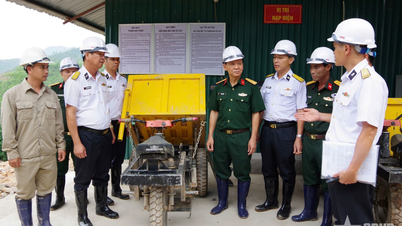
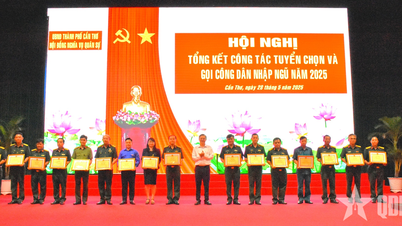


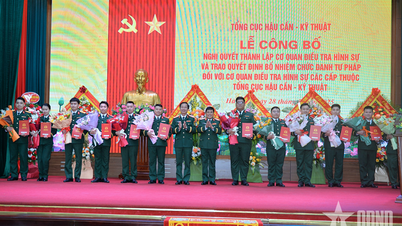
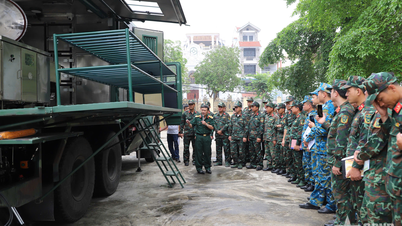















































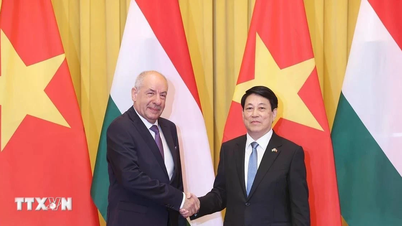

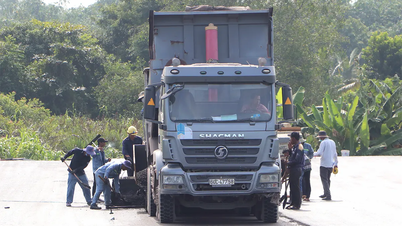


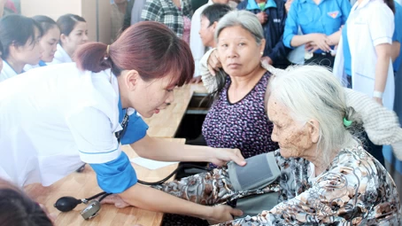
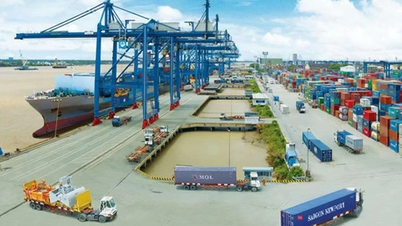









Comment (0)